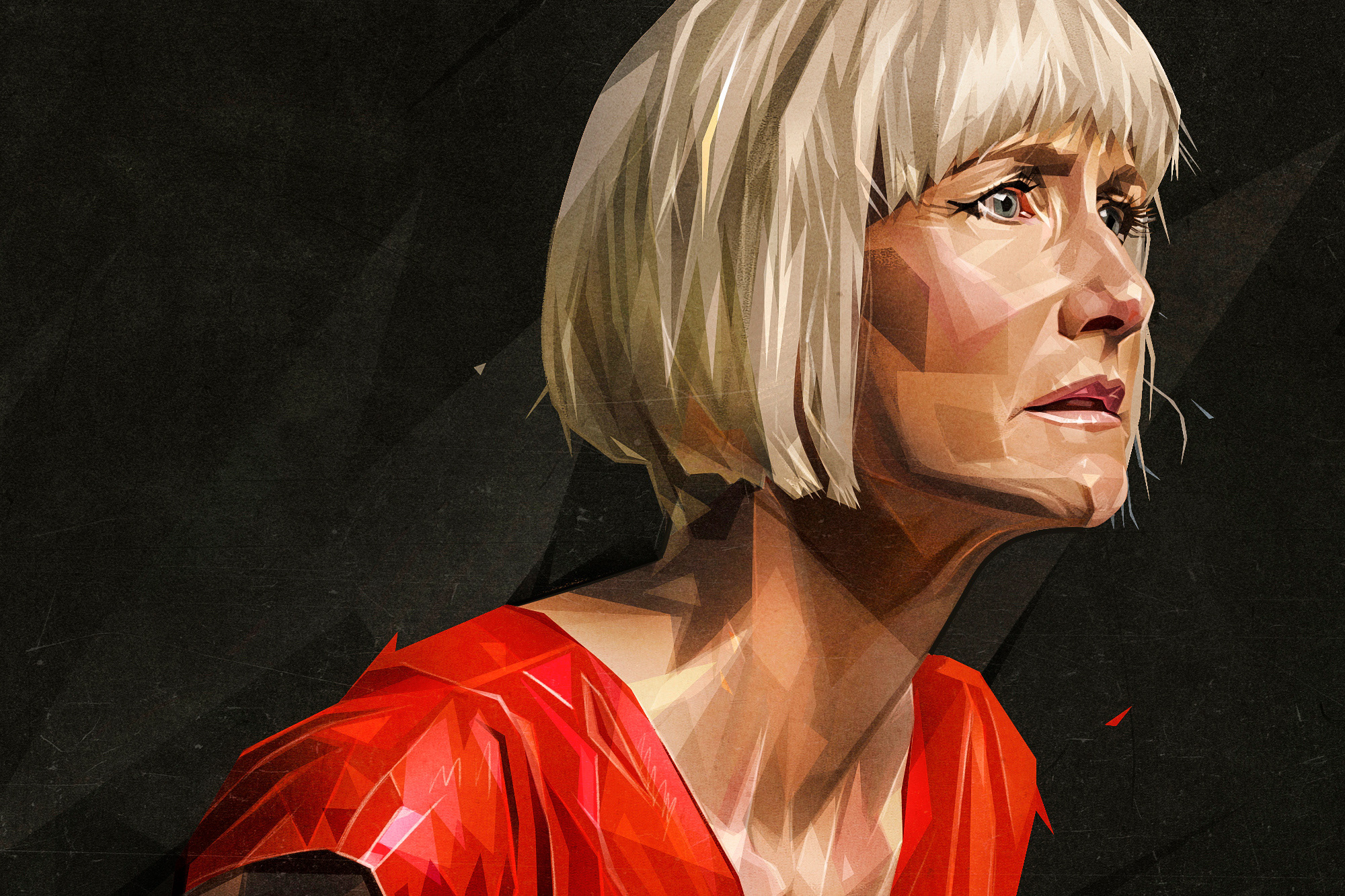The starting point for the development of our project is based on a Donald Judd's quote which we paraphrase through the creation of an object that aims to unify his philosophy and creation.
"It takes a great deal of time and thought to install work carefully. This should not always be thrown away. Most art is fragile and some should be placed and never moved again. Somewhere a portion of contemporary art has to exist as an example of what the art and its context were meant to be. Somewhere, just as the platinum iridium meter guarantees the tape measure, a strict measure must exist for the art of this time and place."
The first question we started out is - Where is this "somewhere"?
Donald Judd was beginning to recognize the importance of the environment to how a work is perceived. In our project, the object (cube) is envisaged for two possible environments and in addition to being a modular one, we have tried to find the balance when it comes to fitting into two contrasting situations. In the first case, the environment in which our cube is located is an urban environment. The idea is to install the object in places where the concentration of people is large, so that in addition to high traffic, the cube is still an attraction. In the second case, the cube is moved to nature - exotic places that are not inhabited. Places in which the cube will be only in touch with nature.
The second one is - What will be our exapmle of contemporary art?
Donald Judd believed that a work that shares three-dimensional space with the beholder calls more attention to itself than an image that is hung on the wall. The realization that “actual space is intrinsically more powerful and specific than paint on a surface” was the reason for abandoning the painting and embracing of the sculpture, which led us to create a model in which his paintings will resemble as a part in the space and his sculptures will become the basis of the object itself.
Highly interested in spaces, materials, forms and colors, Judd would often use industrialized materials, such as steel, iron, plexiglass and plastic. He used methods and techniques associated with the Bauhaus School, giving his pieces an impersonal almost factory esthetics.
According to his work methods, we made a model which is a cube, whose main material is concrete, covered with colored glass. The use of concrete is inspired by his project "Untitled (for Leo Castelli) 1977" and the use of glass is an allusion to his often use of plexiglass which is always colored.
It should also be emphasized that the colors of the interior walls contrast with the outer facade, as it has thus emphasized the difference between the interior and the exterior. The main facade of our project is inspired by his series of paintings "Untitled 1992", which from two dimensions, in this case gets the third dimension, representing the black wooden mesh on the window. The minimalistic interior is designed for purpose of public toilet that contains two cabins and 4 sinks.
The third question is - What is the art and its context?
When it comes to the context of this project, as an art piece, our idea is that the minimalism in which Judd was creating is implemented in an interpretation that will unite the painting and sculpture into an interior design with a clear function.
In order to fully answer this question, it is also necessary to underline - Why exactly a public toilet and what kind of links does it has with the work of Donald Judd?
Judd's goal was to make objects that stood on their own as a part of an expanded field of image making and that did not allude anything beyond their own physical presence. As a result, his work, along with that of other minimalist artists, is often called a literalist. In order to respect the ideology of his creation and, on the other hand, to assign the function to this object, it is necessary that the function is not emphasized so that the object is important only for itself (and not for its purpose).
Leaving the key points of traditional sculpture, Judd's creations stand on the floor, forcing viewers to confront them from the point of their own material existence. The toilet as part of the human daily life does not represent something that requires the audience, attention and does not require reactions like it is the case with public exhibitions, events or attractions. In this case, the emphasis remains on the fact that only the physical presence of the cube (for which is essential to create a perfect design) is important, neglecting its function. But nevertheless, to accomplish a function, which will remain in the second plan with the design solution.
The aim of our project is to demonstrate the possibility of implementing contemporary art, through the function and shape of a space for human needs, in two possible environments.
Teamwork with:
Tijana Ivković
Jovana Stevanović
Politecnico di Milano, 2018




TECHNICAL DRAWINGS








